Lessons from a year with solar power
EV Info
MARCH 26, 2021
It was one year ago that we decided to add solar panels to our roof. With two Electric cars, at the time a Nissan Lean and Mitsubishi Outlander, we use a considerable amount of electricity but not much petrol, so already we were a reasonable way down the less CO2 road. Panels: JA Solar black. Power is watts.




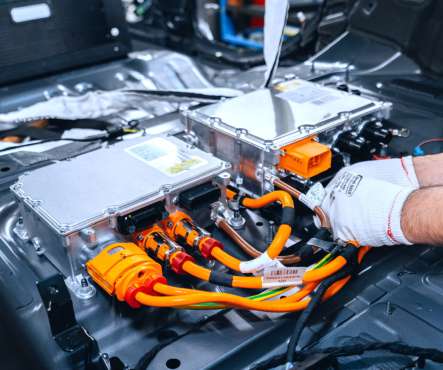
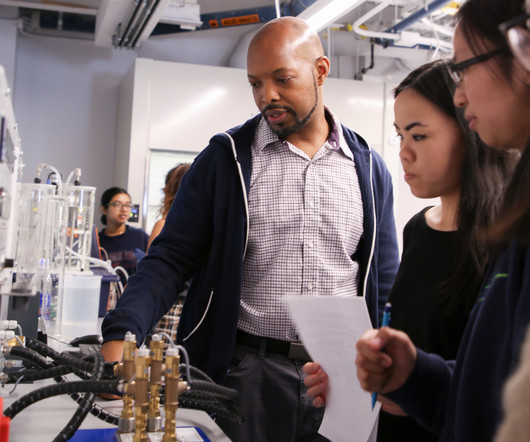


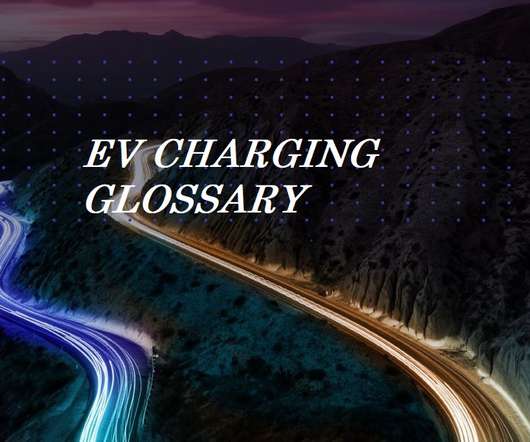
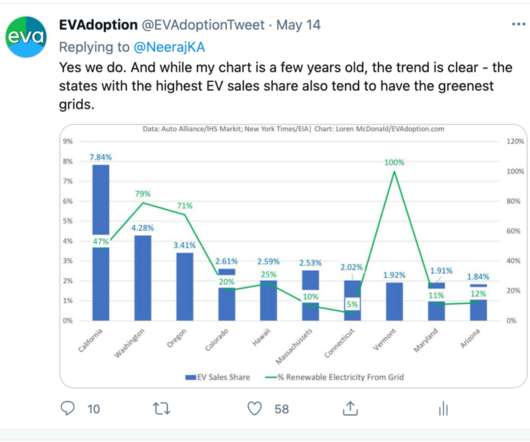
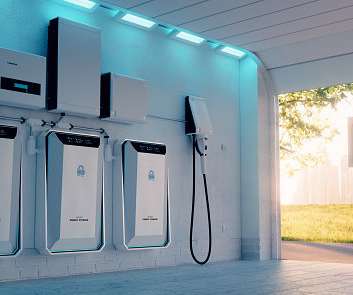






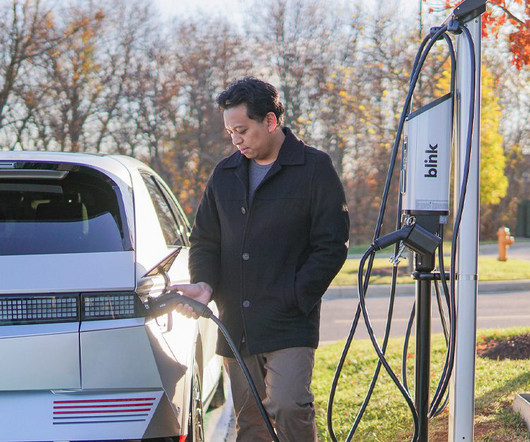


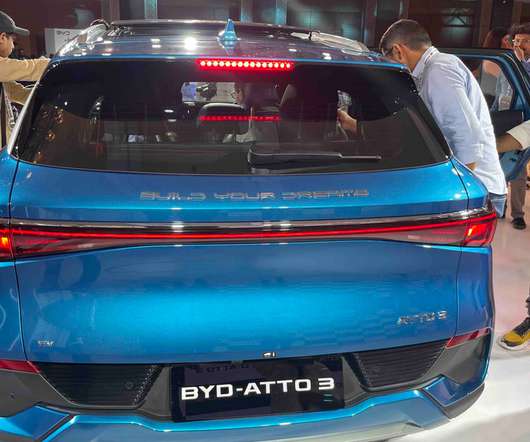
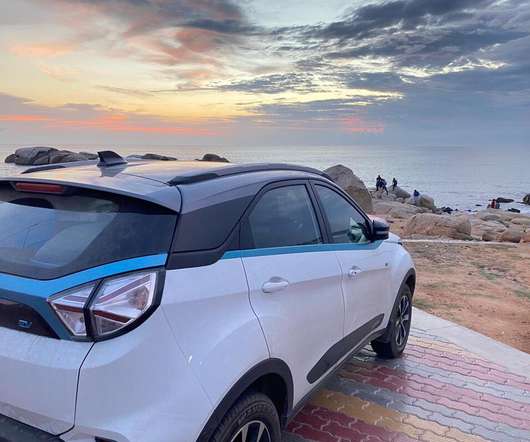









Let's personalize your content